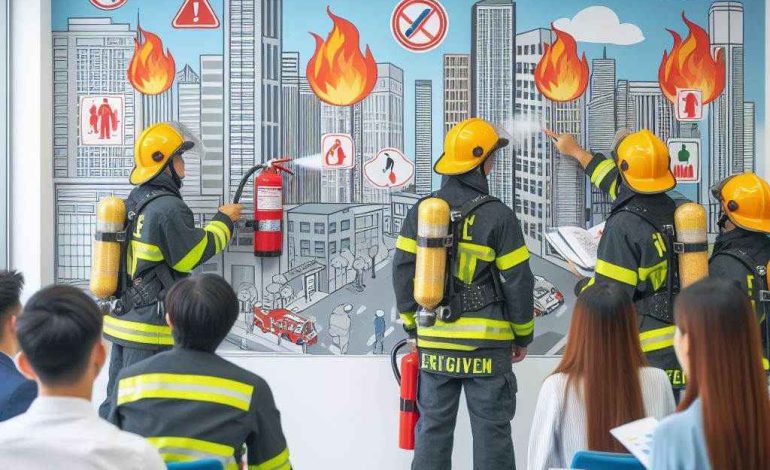
Exploring the Technological Innovations: Driving Teleradiology Advancements
The ability to electronically transmit radiological patient images from one location to another, for the purposes of sharing studies and enabling remote analysis, plays a critical role in healthcare. This technology, known as teleradiology, enables fast and improved patient care, facilitates access to experts regardless of geographical constraints, and reduces healthcare costs. This blog post will dive deep into the technological advancements driving teleradiology’s evolution.
The Impact of Artificial Intelligence
Artificial Intelligence (AI) is transforming various aspects of healthcare, including radiology. Advances in AI algorithms have immense potential to enhance radiological imaging interpretation. Artificial Intelligence is transforming decision-making in various aspects of healthcare, including radiology. Advances in AI algorithms have immense potential to enhance radiological imaging interpretation.
AI-Based Interpretation of Images
AI-based software can rapidly analyze radiological images, making preliminary diagnoses or flagging abnormal scans for further review, thereby accelerating the diagnostic process.
Enhancing Precision and Reducing Errors
Machine learning algorithms can improve the accuracy of interpretations by learning from past diagnoses, decreasing the likelihood of human error.
Augmented and Virtual Reality in Radiology
Augmented and Virtual Reality (AR/VR) technologies have opened up a new vista in the sphere of radiology. They facilitate better visualization and understanding of complex anatomical structures.
3D Visualization for Better Analysis
AR/VR can transform 2D radiological images into 3D models, thereby aiding in better analysis and diagnosis.
Interactive Medical Curriculum
AR/VR in teleradiology can be utilized for creating an interactive and immersive medical curriculum for training doctors, thereby enhancing their diagnostic and treatment planning capabilities.
The advent of cloud-based teleradiology services has revolutionized the storage and sharing of radiological images. It has notably addressed concerns related to space, cost, and accessibility.
Cloud-Based Teleradiology
The emergence of cloud computing technology has brought about significant changes in the field of teleradiology. Cloud-based teleradiology indeed marks a significant milestone in the realm of medical imaging technology. In conventional methods, radiological images were stored in physical devices, sparking issues regarding space, cost, and potential loss of data due to device malfunctions. However, the advent of cloud computing technology offers a strategic solution to these challenges. It provides virtually limitless and scalable storage space, ensuring clinicians can save an increasing amount of data without worrying about physical storage constraints. Moreover, these systems often come with enhanced data security measures, protecting patient data from loss or unauthorized access. Beyond just storage, cloud-based teleradiology systems offer greater accessibility, enabling healthcare providers to access these radiological images and reports from anywhere at any time. This level of flexibility enables timely interventions, especially in critical cases, and enables cooperation among medical professionals irrespective of geographical barriers, hence enhancing the overall quality of patient care.
Storage and Scalability
Cloud-based systems can store vast amounts of radiological data, offering scalable storage solutions.
Accessibility and Data Sharing
The cloud ensures anytime, anywhere access, easing the process of sharing reports and images among the healthcare providers for better patient care.
telecommunications technology has become an integral part of teleradiology making it a seamless process.
Telecommunications Technology in Teleradiology
Advancements in telecommunications technology have spurred the growth and development of teleradiology.
High-Speed Internet Connectivity
High-speed online transmission of large radiological image files quickly has become possible, thereby providing prompt patient care.
Real-time Communication
Telecommunication in teleradiology enables real-time communication between radiologists and doctors, leading to a quick diagnosis.
As we move towards a future where technological advances continue to transform healthcare services, healthcare business process outsourcing could become an increasingly popular strategy for institutions looking to leverage the latest in teleradiology advancements.
Conclusion
Technological innovation is at the helm of teleradiology advancements. AI and machine learning are enhancing image interpretation and diagnosis. AR/VR technologies are significantly improving visualization of complex medical images, and cloud computing is ensuring safe storage and easy accessibility of copious amounts of radiological image data. One can also not overlook the critical role of high-speed telecommunications in teleradiology’s growth trajectory. As we harness these technologies to maximum potential, we move closer to a future where quality patient care is accessible, swift, and cost-effective, regardless of geographical constraints.





